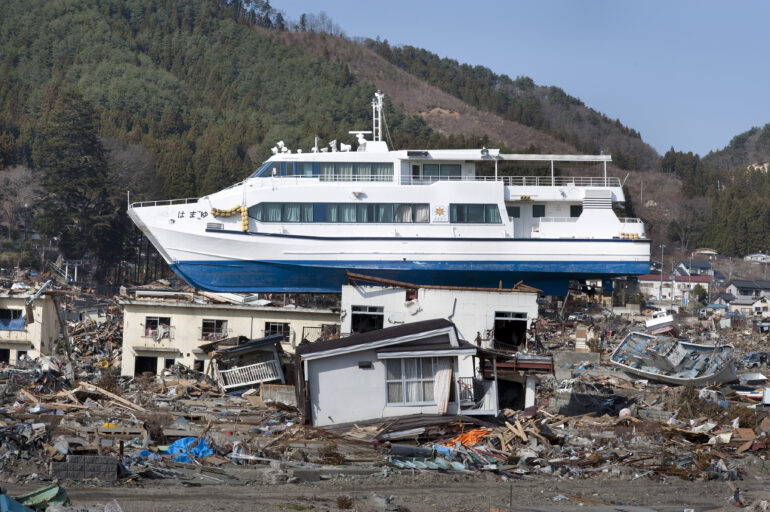What if the next story that changes someone’s mind — or inspires them to act — comes from your camera roll? Today, thanks to smartphones, photo essays are no longer just the domain of professional photographers. Anyone — parents documenting family life, students working on a project, nonprofit leaders highlighting impact, or travelers recording a journey — can use a sequence of images to tell a story that matters.
The ability to build a narrative with photos isn’t just for glossy magazines — it’s something you can do right now to spotlight an issue you care about, capture a community milestone, or simply preserve a story that deserves to be told.
We’ve seen the power of this approach in our features on Ami Vitale and her team at Vital Impacts, Cristina Mittermeier of SeaLegacy, and Joel Sartore’s National Geographic Photo Ark. I’ve experienced it myself photographing animals displaced by the Southern California wildfires, covering tsunami recovery in Japan, and following Team USA Paralympian Justin Phongsavanh.
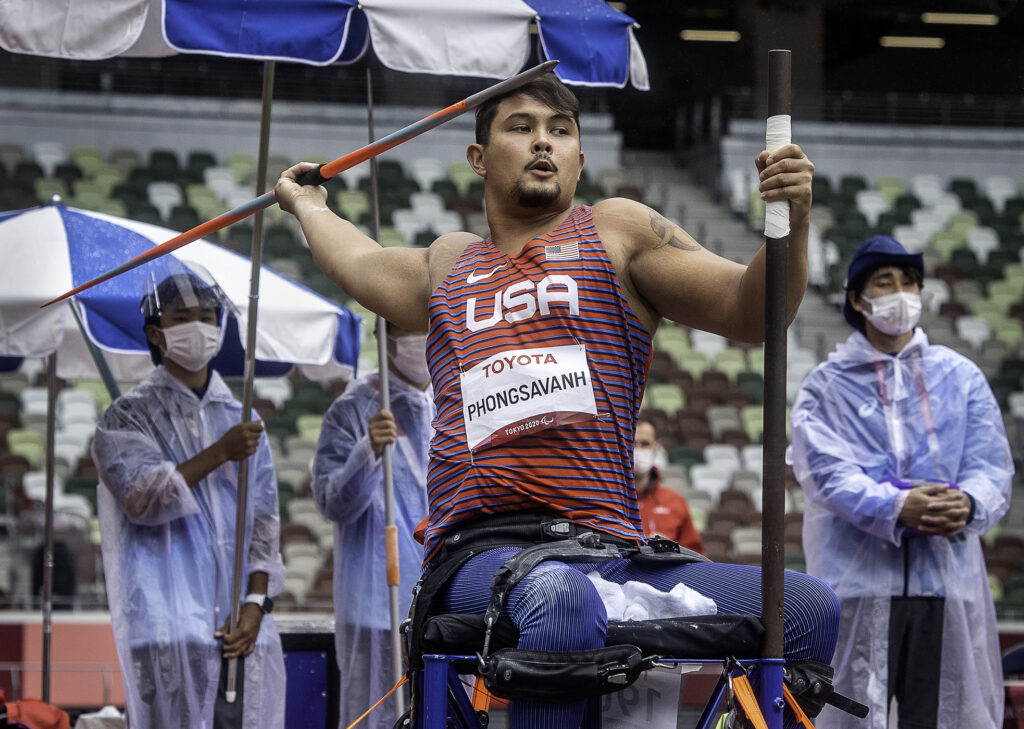
And history reminds us this is timeless — from W. Eugene Smith’s LIFE magazine essay on Minamata, which pressured the Japanese government to take action against pollution, to Sebastião Salgado’s images that helped inspire the reforestation of the Brazilian rainforest through his foundation, Instituto Terra.
The lesson for all of us: a photo essay, whether shot on a state-of-the-art DSLR camera or a smartphone, can make a difference.
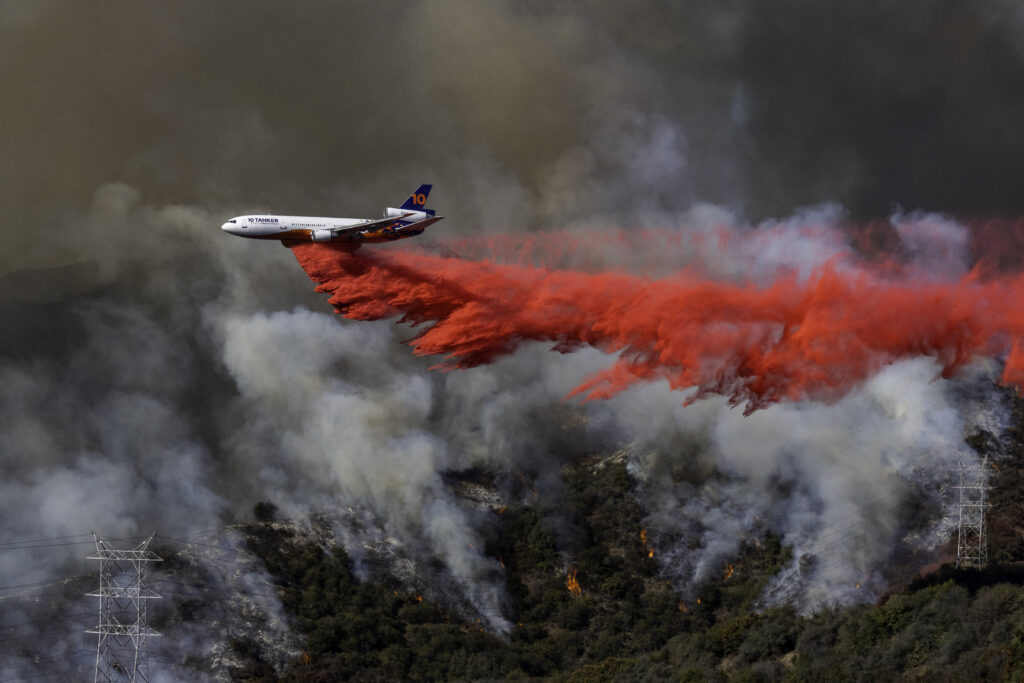
How to Build Your Own Photo Essay
A photo essay works because it follows the arc of storytelling. Each image has a role — setting the scene, revealing character, showing details, and wrapping up with closure. The goal is to take your viewer on a journey, one image at a time. Here are the essential building blocks you can use for your own project.
The Establishing Shot
This is your opening scene — the image that sets the stage and tells your audience what they’re about to step into. For the cover of my book North Korea, my book designer, Nicole Wang, and I chose a photograph of a traffic officer in Pyongyang. A broader, more contextual shot introduced the story more effectively than a close-up portrait would have.
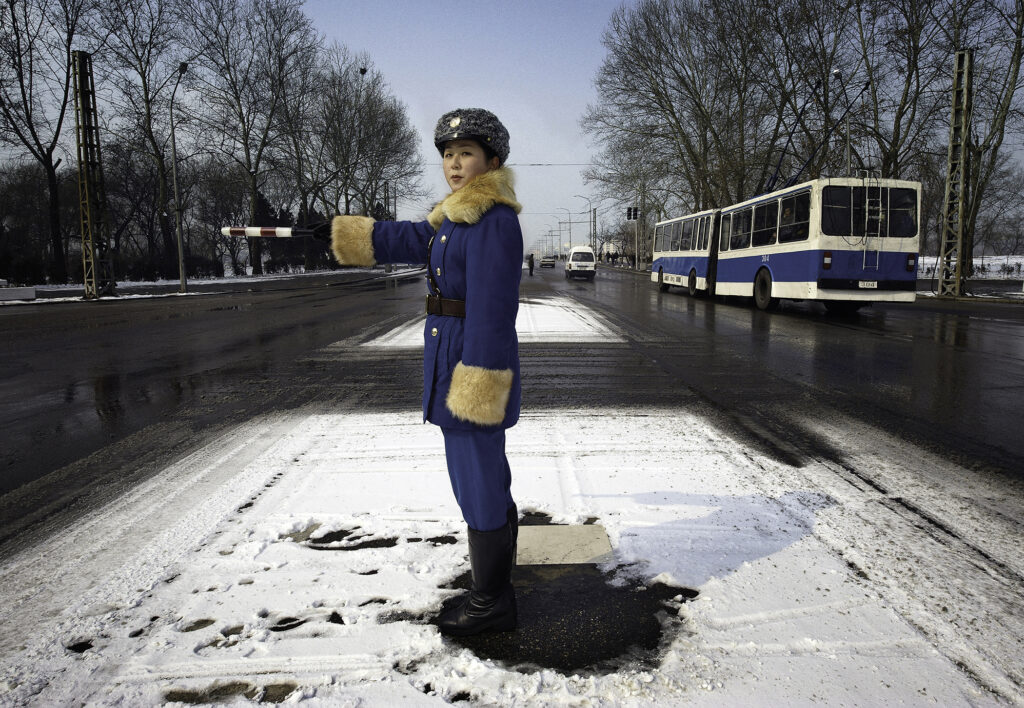
When you start your own essay, ask yourself: What single image gives people the best sense of place or theme? That’s your establishing shot.
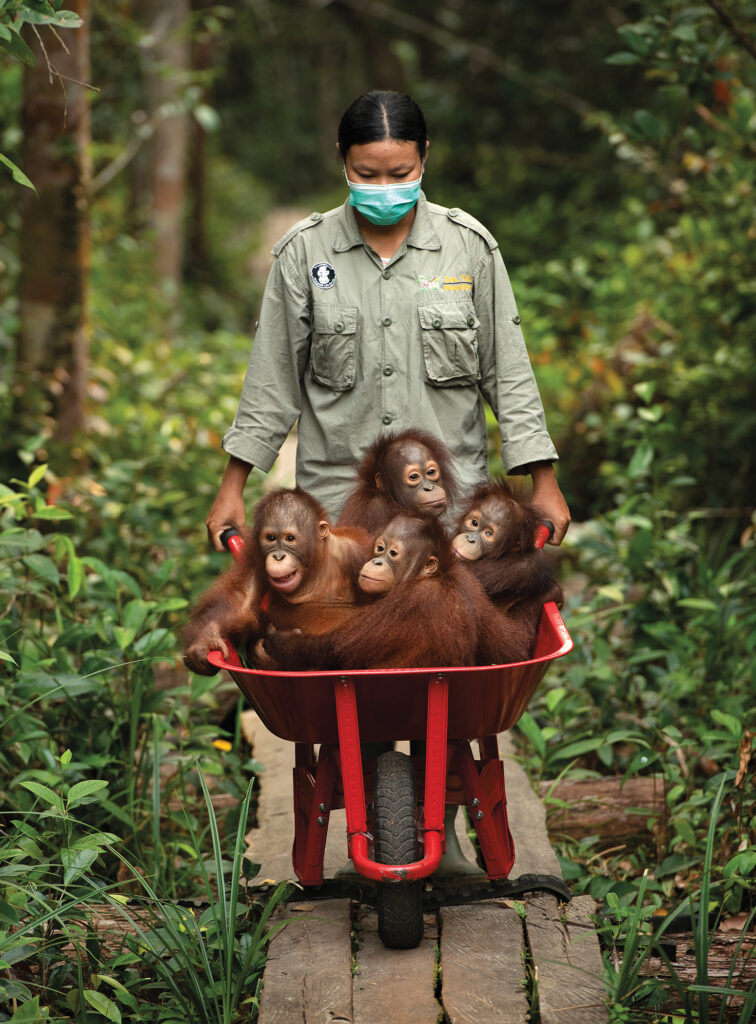
The Environmental Portrait
An environmental portrait shows a person in a setting that helps tell their story — a sommelier in a wine cellar, a first responder in the aftermath of a disaster, a musician backstage. These portraits often frame the subject from the knees up (“cowboy style”) to include enough of their environment to provide context. My image of the Pyongyang traffic officer works this way too — showing the individual while placing them firmly in their surroundings.
When you create one, think about where your subject belongs and what clues the environment gives us about their life or role.
The Detail Shot
Details can carry just as much weight as sweeping views. A close-up can focus attention and spark emotion, whether it’s the texture of tsunami debris on a Japanese coastline or the delicate hands of an orangutan returning from Forest School in Borneo.
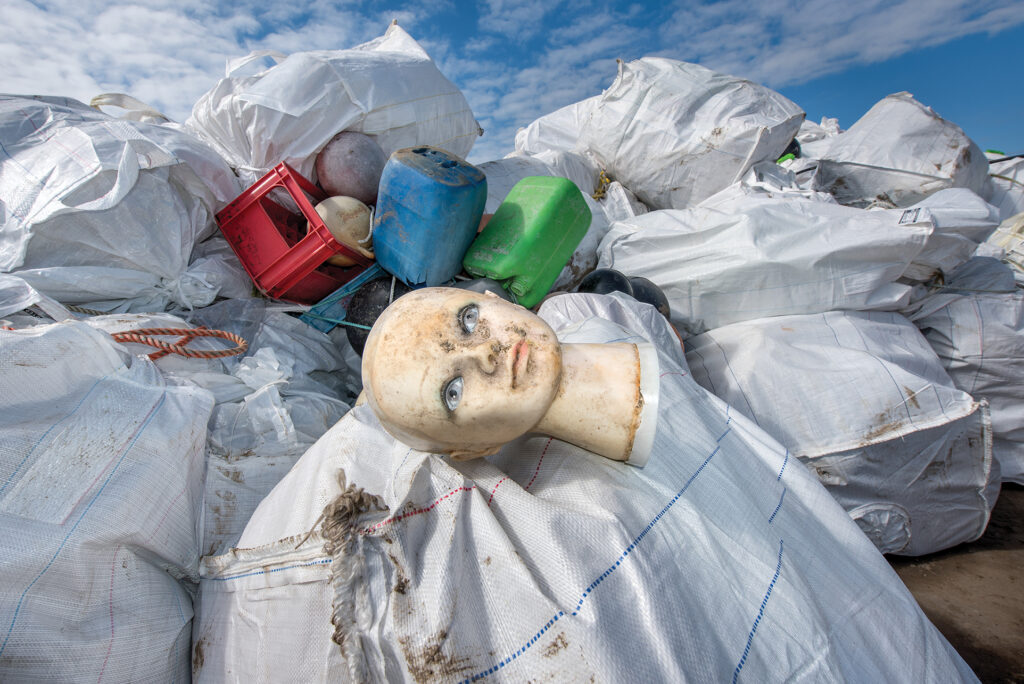
With smartphones, you can use portrait mode to achieve the same shallow depth-of-field effect (“bokeh”) that professional lenses create. Try it for food, objects, or textures that support your larger story. Details break up the rhythm of your essay and pull the viewer in closer.
The Closing Shot
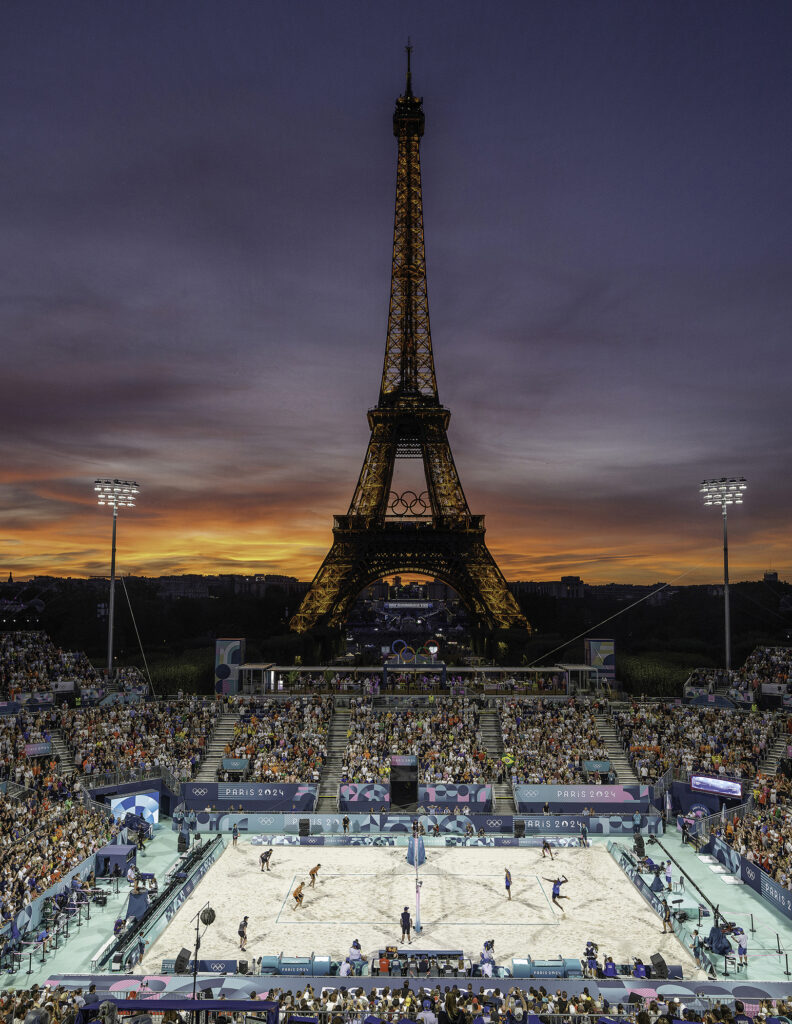
Every story needs resolution. Your closing shot is the moment that lingers. For a Paris 2024 Olympics photo essay, I chose a wide shot of a volleyball game framed by the Eiffel Tower — a visual that tied together sport, spectacle, and place. For North Korea, the final image of the DMZ delivered the gravity the story required.
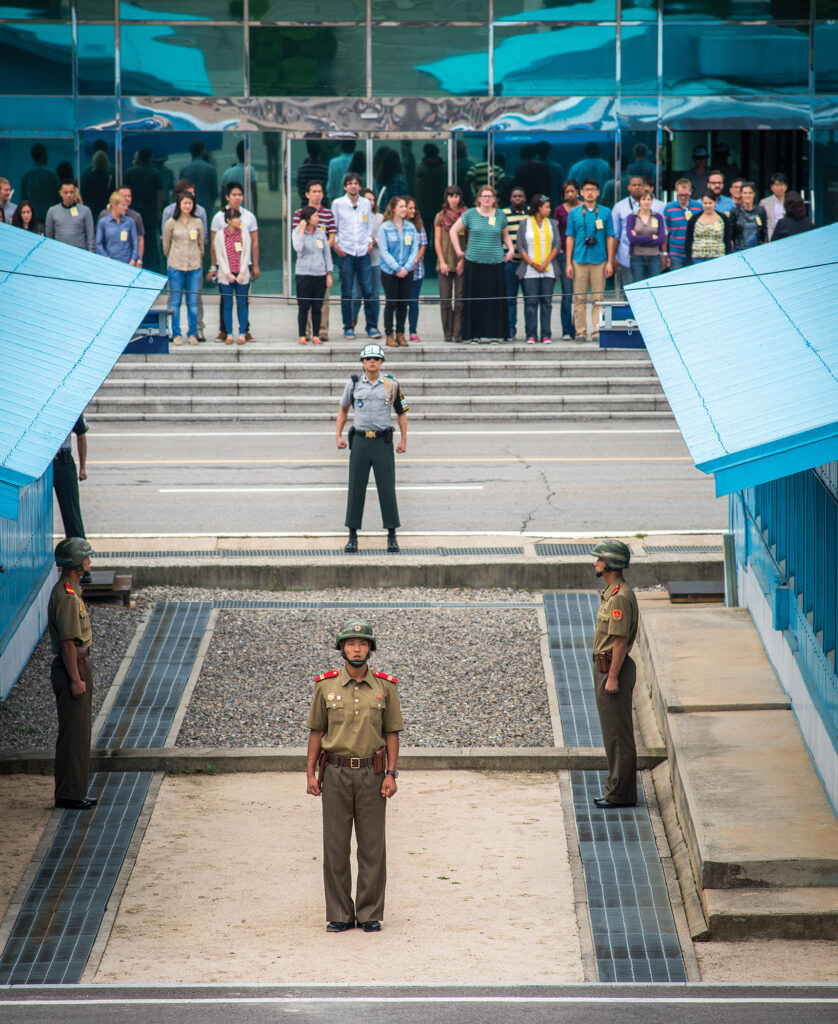
When planning your essay, ask yourself: what single image feels like the last word? Choose a photograph that leaves the audience reflecting on what they’ve just experienced.
Pairing Words and Images
While photos are powerful on their own, pairing them with writing can deepen their impact. I’ve been fortunate to collaborate with the extraordinary writer Pico Iyer for Vanity Fair, and his advice still guides me: “The challenge for any writer nowadays is to catch something that no camera, multi-media presentation or tape recorder could capture with greater vividness or immediacy.”
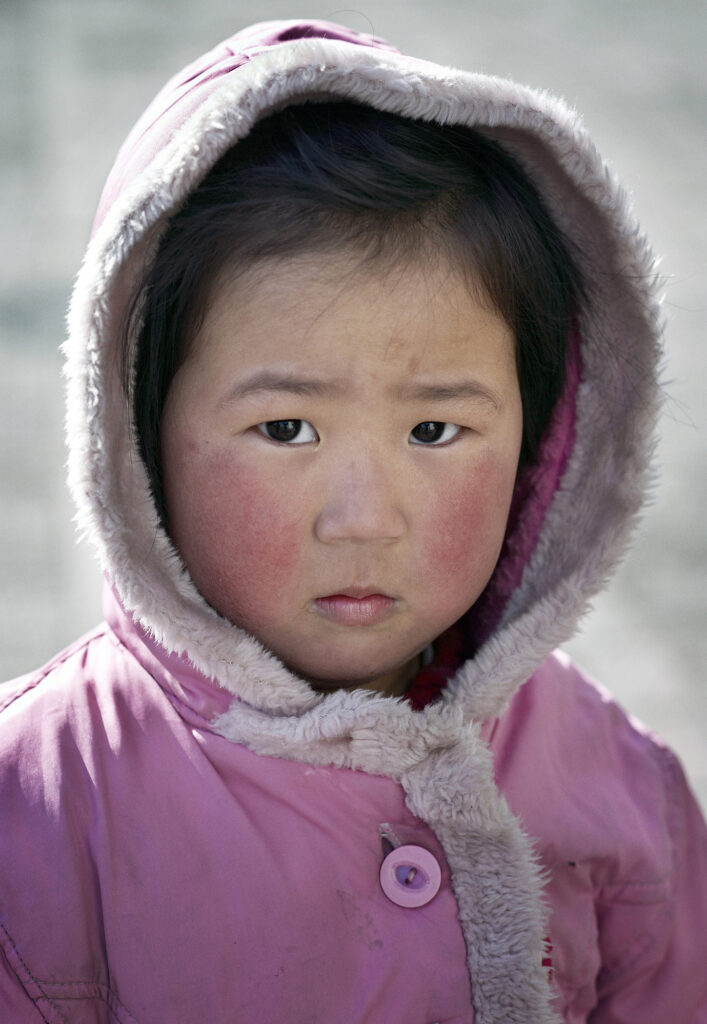
As you build your essay, don’t be afraid to add captions or a short narrative. A few well-chosen words can clarify the message, anchor emotions, and make sure your audience walks away understanding what you hoped to convey. Writers can add depth to photographs, and photographers can strengthen their own work with words. History reminds us this works: Pulitzer Prize–winning journalist Malcolm Browne was also the photographer who captured the iconic self-immolation of a monk in South Vietnam — one of the defining images of the 20th century.
Start Telling Your Story
A photo essay is one of the simplest and most powerful ways to share what matters to you. Think about what you want people to understand, choose images that advance that message, and sequence them with conveying your message.
I recently shared these techniques with more than 200 students at Culver City High School in Los Angeles to help them better capture, articulate, and distribute their own unique storiess — proof that you don’t need a press pass or expensive gear to tell a story that matters.
The same is true for you. The next time you lift your phone to take a picture, ask yourself: is this the beginning of a story? With intention, structure, and a clear message, your images can travel further than you think — capturing attention, inspiring empathy, and creating change.
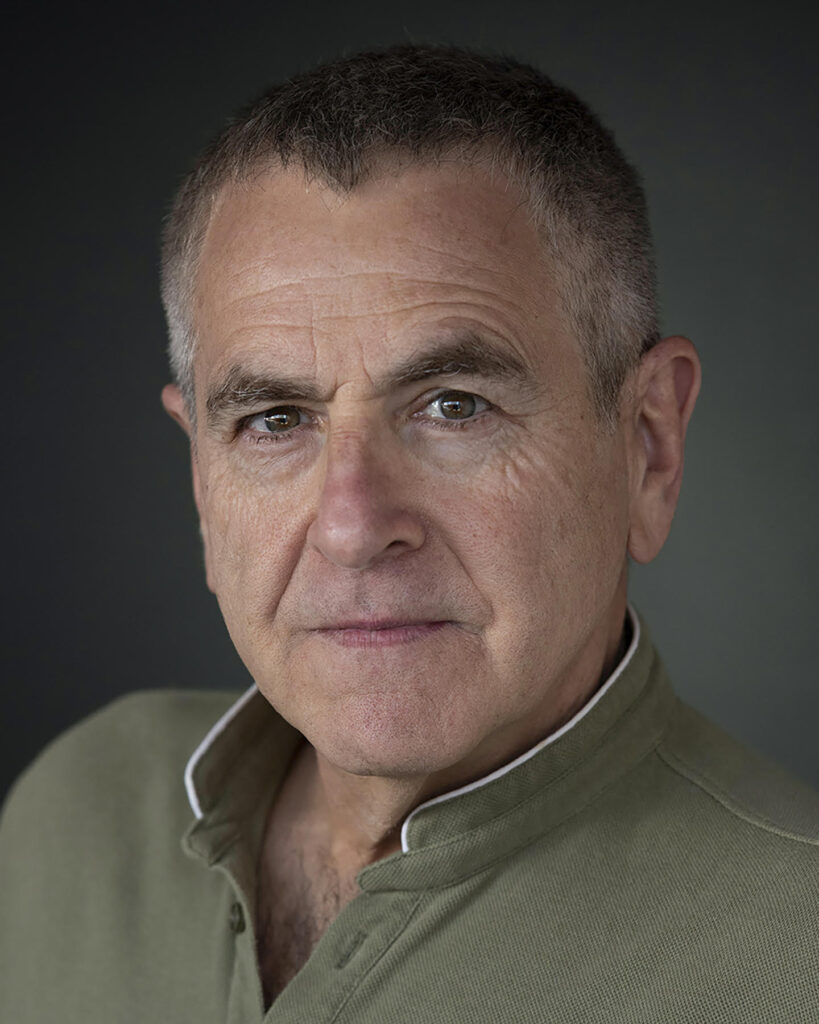
Award-winning Director of Photography Mark Edward Harris
Mark supports:
Center for Great Apes
Borneo Orangutan Survival Foundation
Search Dog Foundation
His books include:
Faces of the Twentieth Century: Master Photographers and Their Work
The Way of the Japanese Bath
Wanderlust
North Korea
South Korea
Inside Iran
The Travel Photo Essay: Describing A Journey Through Images
The People of the Forest
